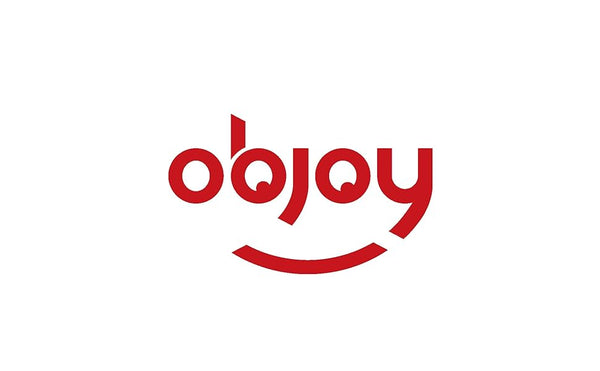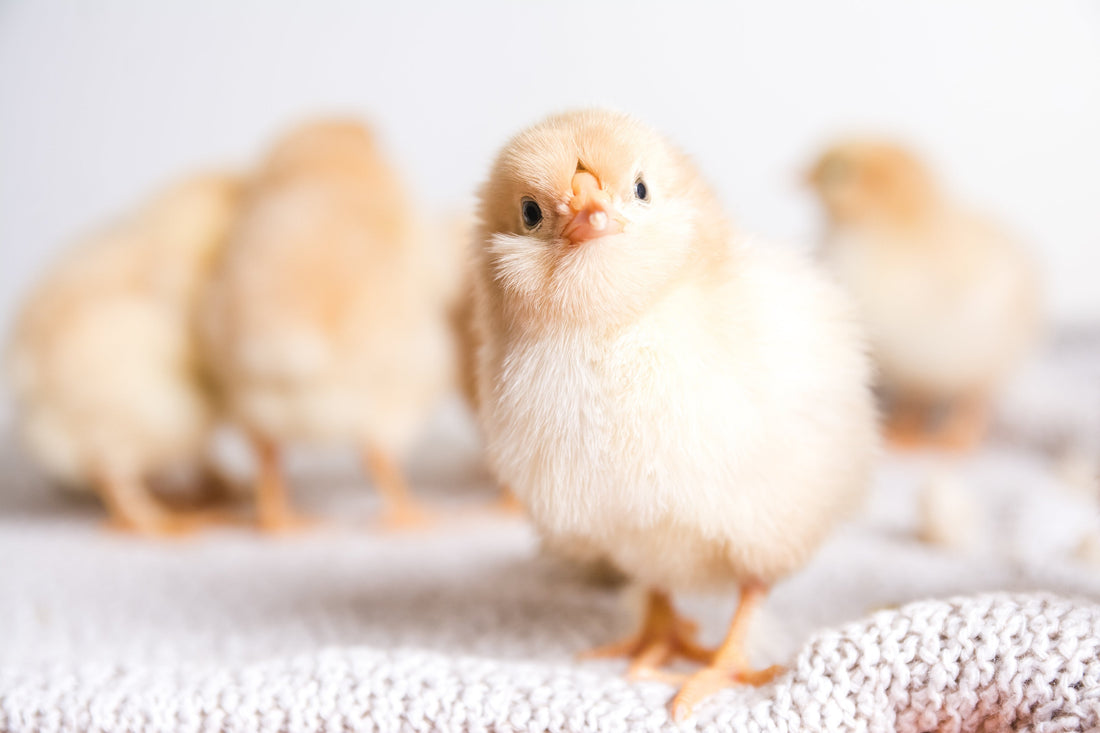Owning an automatic egg-turning incubator means you can easily hatch chicks, ducklings, or even goslings, but successful hatching is just the first step. Safely transferring these fluffy little ones from the incubator to the brooder box is the real challenge for novice breeders.
Today, let's talk about how to successfully hatch healthy chicks using an automatic incubator and ensure their smooth transition to the brooding environment.
Step 1: Pre-incubation Preparation - Creating a "Smart Greenhouse" for Eggs
(Click on the image for a quick purchase)
Before placing the eggs, give your incubator a thorough cleaning. Wipe the interior with a mild disinfectant to ensure no bacterial residue that might affect embryo development.
Next, test the automatic egg-turning function and set the proper temperature:
- Chicken eggs: 37.5-37.8°C (99.5-100°F)
- Duck eggs: 37.2-37.5°C (99-99.5°F)
- Goose eggs: 37.0-37.3°C (98.6-99.1°F)
When selecting eggs, choose smooth, uncracked fertilized eggs and place them blunt end up. Different poultry eggs may require slight temperature adjustments.
 (Click on the image for a quick purchase)
(Click on the image for a quick purchase)
Step 2: Key Monitoring During Incubation - Helping Chicks Hatch Successfully
Although the automatic incubator can turn eggs and control temperature automatically, you still need to check the equipment's operation status daily.
On day 7 and day 14 of incubation, candle the eggs:
- Normally developing eggs will show clear blood vessels and embryo movement
- Remove any eggs without blood vessels or with stalled embryo development
When chicks start pecking at their shells, stop the automatic egg-turning function to help them hatch successfully.
Step 3: Chick Transfer - Creating a Warm New Home
When the chicks' feathers are dry and they can stand on their own (usually 12-24 hours after hatching), they're ready to be moved. Before transferring, preheat the brooder box:
- First week temperature: around 35°C (95°F)
- Bedding: use highly absorbent, dust-free wood shavings or old towels
Making Incubation Easier, Keeping Chicks Healthier
Automatic incubators can save you the trouble of manual egg-turning and temperature adjustment, but post-hatching care is equally important. By mastering temperature control and safe transfer, you'll successfully raise a group of healthy, lively little ones!
If you're raising different types of poultry (like ducks or geese), remember to adjust the temperature settings accordingly. Wishing you a successful hatching journey! 🐣


